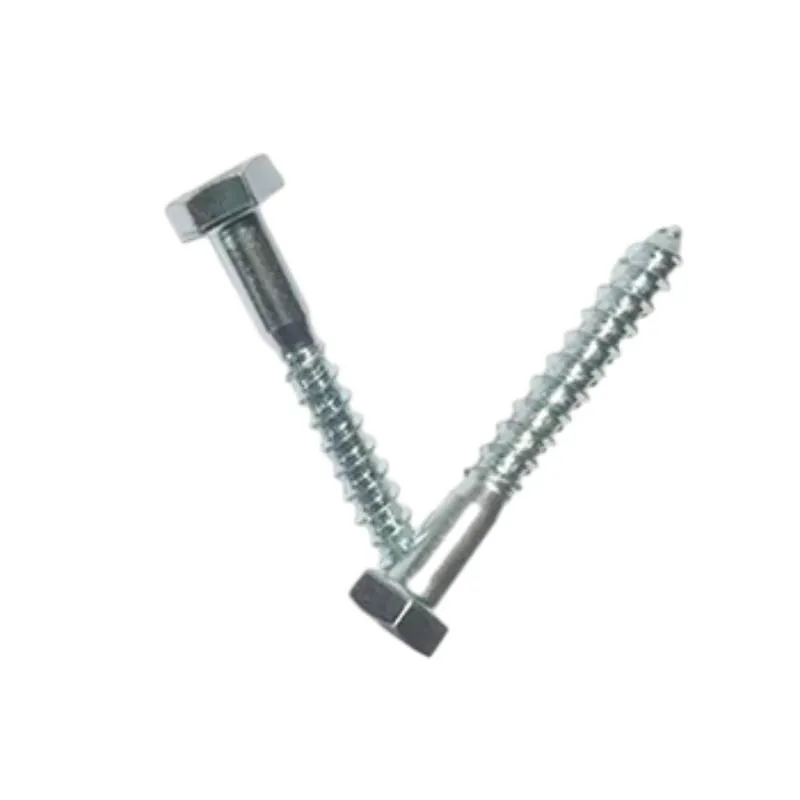okt . 11, 2024 08:13 Back to list
metric nut sizes
Understanding Metric Nut Sizes A Comprehensive Guide
When it comes to mechanical components, nuts play a crucial role in securing bolts and screws, ensuring the stability and safety of assemblies across various applications. With the increasing global standardization of fasteners, metric nut sizes have become a focal point for engineers and DIY enthusiasts alike. This article aims to elucidate the essence of metric nut sizes, their application, and why they matter for your projects.
Metric nuts, identified by their diameters and thread pitches, are part of a broader system of fasteners measured in millimeters. Unlike their imperial counterparts, which are measured in inches, metric sizing brings a level of precision that is particularly beneficial in a world striving for standardized manufacturing processes. The most common sizes range from M2 to M30, where the 'M' indicates a metric screw thread, and the number signifies the nominal diameter of the bolt or screw in millimeters.
For example, an M8 nut is designed to fit an M8 bolt, corresponding to a diameter of 8 mm. Each size comes with specific thread pitches, which denote the distance between the threads. Common pitches include 1.25 mm and 1.0 mm for larger nuts, impacting the selection process based on the application. Choosing the correct thread pitch is essential; incorrect choices can lead to improper fit and potential mechanical failure.
metric nut sizes

The fabrication of nuts also varies significantly. Materials often include carbon steel, stainless steel, and even brass, each selected based on the environmental conditions and mechanical demands of the application. For instance, stainless steel nuts may be preferred in marine or chemical settings due to their corrosion resistance, while carbon steel ensures strength for heavy-duty tasks.
When working on a project requiring metric nuts, it’s crucial to consider the corresponding wrench size. Metric nuts often require metric tools; for example, an M10 nut typically requires a 17 mm wrench. Using the correct tool not only ensures efficiency but also helps prevent rounding off the corners of the nut.
Furthermore, metric nuts conform to international standards such as ISO (International Organization for Standardization), ensuring compatibility across various manufacturers and industries. This standardization simplifies inventory management and procurement processes, enabling engineers to source components with confidence that they will fit seamlessly.
In conclusion, understanding metric nut sizes is vital for anyone involved in assembly or repair tasks. With their precision, standardized sizes, and diverse applications, these nuts not only enhance safety and reliability but also simplify the design and maintenance of mechanical systems. As global manufacturing continues to evolve, the importance of metric fasteners, including nuts, will undoubtedly grow, making knowledge of their sizes and specifications increasingly relevant in various technical fields. Whether you’re a seasoned engineer or a novice DIY hobbyist, grasping the intricacies of metric nut sizes can significantly elevate your project outcomes.


